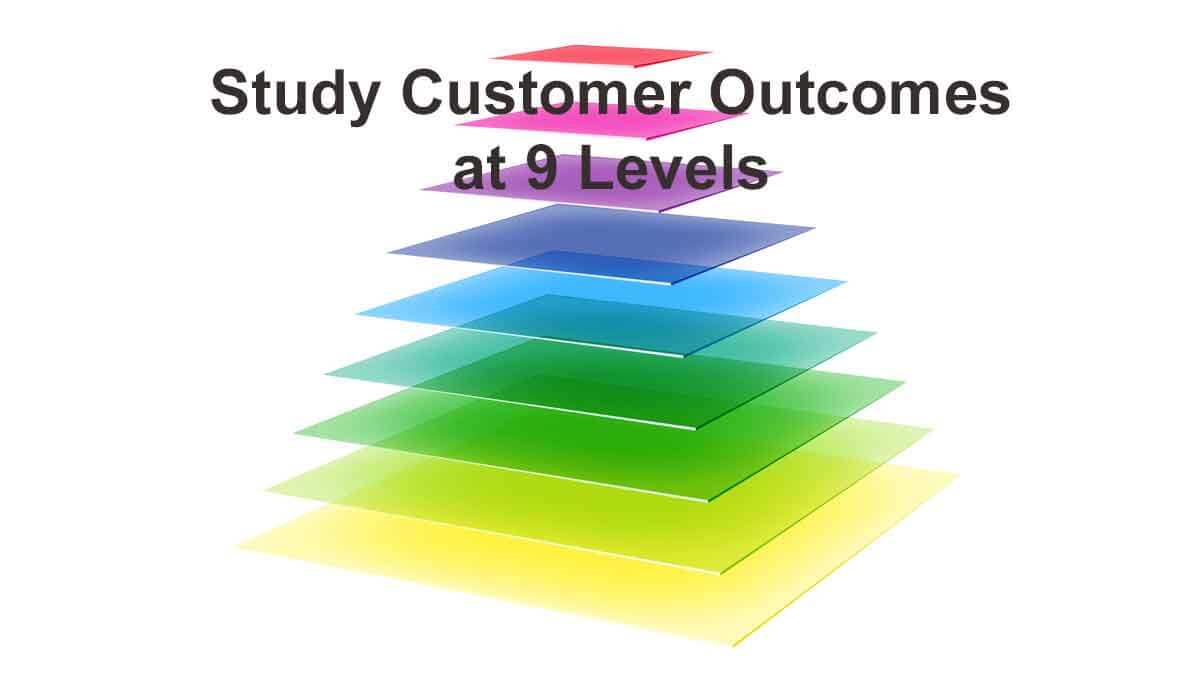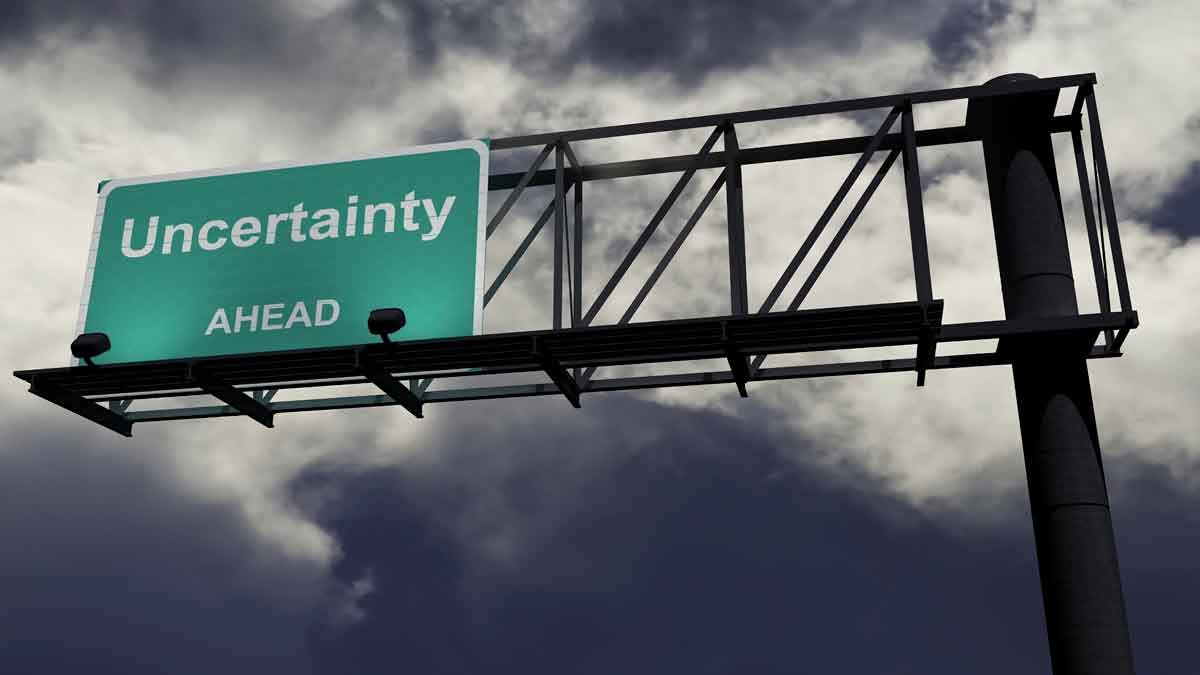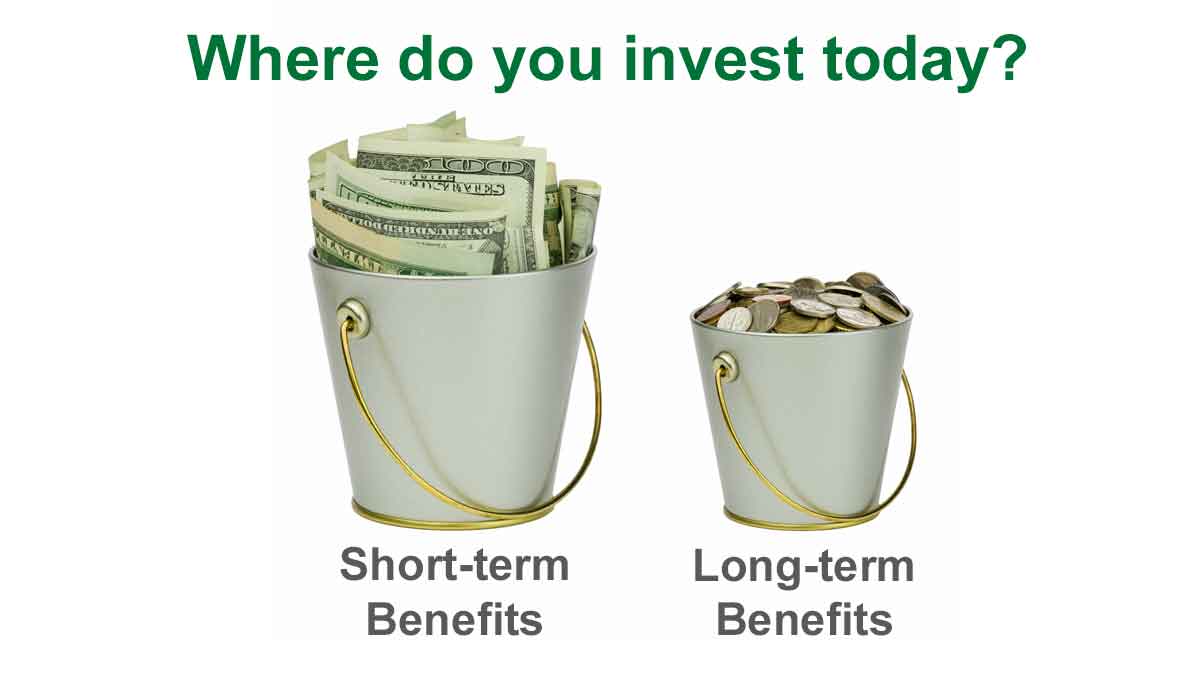All growth-oriented innovation starts with customer outcomes. This is what customers want to have happen, with no understanding yet of how it will happen. Nothing a company does can achieve profitable, sustainable growth unless customer value is created… which comes only by improving these outcomes.
More in white paper, Catch the Innovation Wave (page 8).
Picture this: A customer tells your sales rep what they want, who hands it off to your R&D. This clever customer tells your competitors the same thing. Terrific. If more than one supplier crosses the finish line, you can forget any price premium. Try this: You choose the race conditions by targeting an attractive market, and exploring its needs better than competitors.
More in article, Are You Squandering R&D Resources?
You begin by uncovering, understanding, defining and setting outcomes’ direction… and end by quantifying their value. Skipping just one level dramatically decreases your odds of a highly-profitable new product. Do you know how many levels are baked into your new product development process? If you don’t, it’s less than nine.
More in article, The Science behind Great Value Propositions (Originally published in B2B Organic Growth newsletter).
It’s risky to incrementalize… but “great hope” projects often absorb huge resources and end with a whimper. What’s the answer? Get out more. Spend more time in customers’ worlds to reduce commercial risk. And reduce technical risk through open innovation, tapping into external technologies. You can’t thrive today without external insight. (Hmmm… “exsight”?)
More in article, The Commodity Death Spiral (Originally published in B2B Organic Growth newsletter).
Your company’s only path to profitable, sustainable, organic growth is understanding and improving customers’ important, unmet outcomes. Today this “understanding” is your best competitive advantage, simply because most B2B suppliers have far less customer insight than they could.
More in white paper, Timing is Everything (page 3).
If you’re asked to cross an unfamiliar chasm, would it be risky? Hard to say. Until you learn if you’ll face a bridge or a tightrope, you can’t assess risk (probability). You’re just uncertain. Many companies fear risk in an unfamiliar market, when they should map out a plan to reduce uncertainty. This is especially easy to do in B2B markets.
More in white paper, Innovating in Unfamiliar Markets (pages 2-3).
Steve Jobs quoted Henry Ford, who said, “If I had asked people what they wanted, they would have said faster horses.’” But these men were end-consumers themselves, so they understood their markets. Most B2B suppliers, typically have much to learn about customer desired outcomes… and B2B customers are willing and able to tell them.
More in article, Should You Develop New Products like Steve Jobs? (Originally published in B2B Organic Growth Newsletter).
That’s too bad, because customer insight—the first critical step to B2B innovation—can be learned like any other science. You examine customer outcomes (desired end-results) at nine levels. Just as a microscope’s magnification is increased, so each level reveals something new about each outcome. You should try it. Before your competitors.
More in white paper, Catch the Innovation Wave (page 8).
It’s common to invest about half of a company’s resources on unsuccessful new products. It’s not that their people can’t find the right answers. They’re just being asked the wrong questions. Questions that are unimaginative, and—if solved—create too little value. Questions that are too obvious. Proper B2B interviews produce much better questions.
More in article, Are You Squandering R&D Resources?
In a now-obscure 1972 HBR article, Richard Vancil complained long-term product development expenses were buried within annual operating plans… allowing short-sighted managers to raid them. Shocking, I know. Divide your budget into short-term and long-term benefit buckets. And make sure someone is guarding the long-term bucket.
More in article, The Commodity Death Spiral (Originally published in B2B Organic Growth newsletter).









